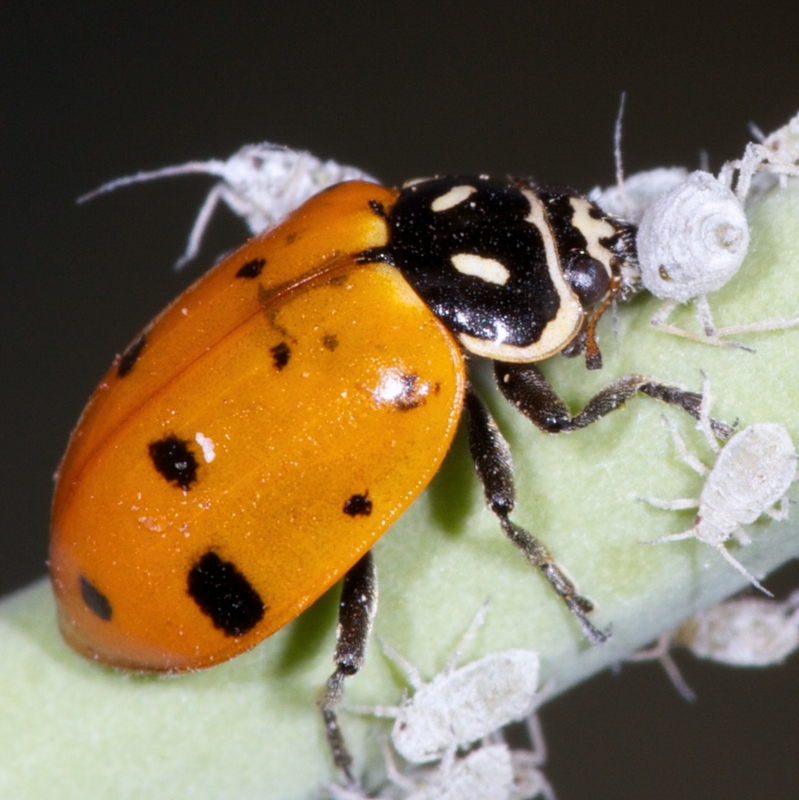Submitted By Phyllis Kitten, Hopkins County Master Gardener
Are there ladybugs flying around your house? Maybe inside as well? It may feel like an invasion. Where do all the ladybugs come from? They seem to be everywhere in the fall. Are they a sign of a harsh winter to come? Are they bringing good luck?

Ladybugs are actually beetles, not bugs. And, while they are sometimes called ladybirds or ladybeetles, of course, they are not all female. They belong to the class Insecta and are members of the Coccinellidae family of beetles (Coccinellidae means “small red sphere” in Latin).
Ladybugs have oval-shaped bodies and appear in various colors, including red, yellow, gray, black, brown and even pink. They may or may not have spots or stripes.
Ladybugs are beneficial insects that play a major role in keeping down populations of insects that feed on plants, especially plants that are infested with aphids. A ladybug can eat several thousand aphids over its lifetime. They can also help to rid your garden of other soft-bodied insects such as mites, and mealybugs along with insect eggs – even ants.
There are approximately 5,000 ladybug species found worldwide. About 450 are native to North America. Adults mate in early spring (when temperatures reach above 65 degrees F) and again in June if the aphid population is plentiful. When aphid populations decline, ladybugs migrate to another area.
Ladybugs hibernate in the winter months and will not fly when temperatures fall below 55 degrees F. They live on stored fat through the winter. Ladybugs are not preyed upon by birds or other insects because they exude a very distasteful fluid from joints in their legs; their distinctive colors are reminder to would-be predators they taste “bad”. When threatened, ladybugs will play dead. Also, if threatened, they can pull their head into their shell just like a turtle.
While you may have heard the superstition that ladybugs bring good luck, they don’t seem to have any winter weather-predicting ability. There is no significance between the number of ladybugs and the upcoming winter forecast. Fall infestations of these beetles are more a sign of winter’s approach. As the temperatures begin to cool, these bugs will swarm on a sunny day seeking heat. If it’s a warm autumn day, you may see tons of ladybugs on the sunniest side of your house.
They mean no harm. They can, however, damage carpets and furniture with their secretions. And if your home is really infested, you may smell them. When they die they can be all over everywhere. Best way to get rid of them? Vacuum.
For more information, go to Agrilifeextension.tamu.edu.





